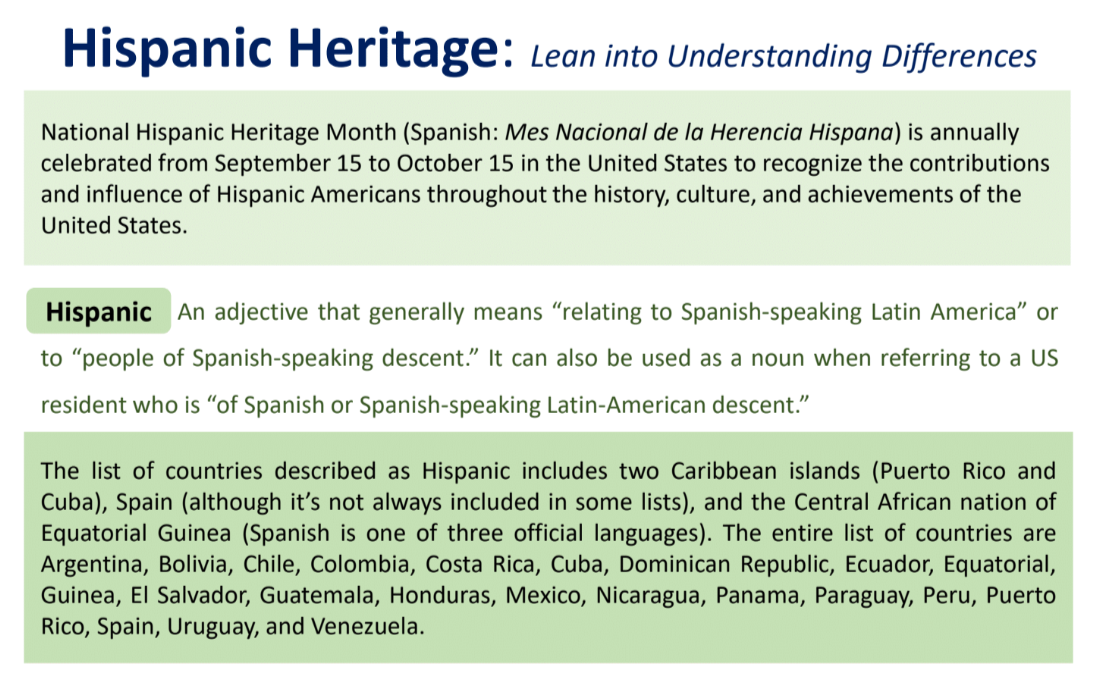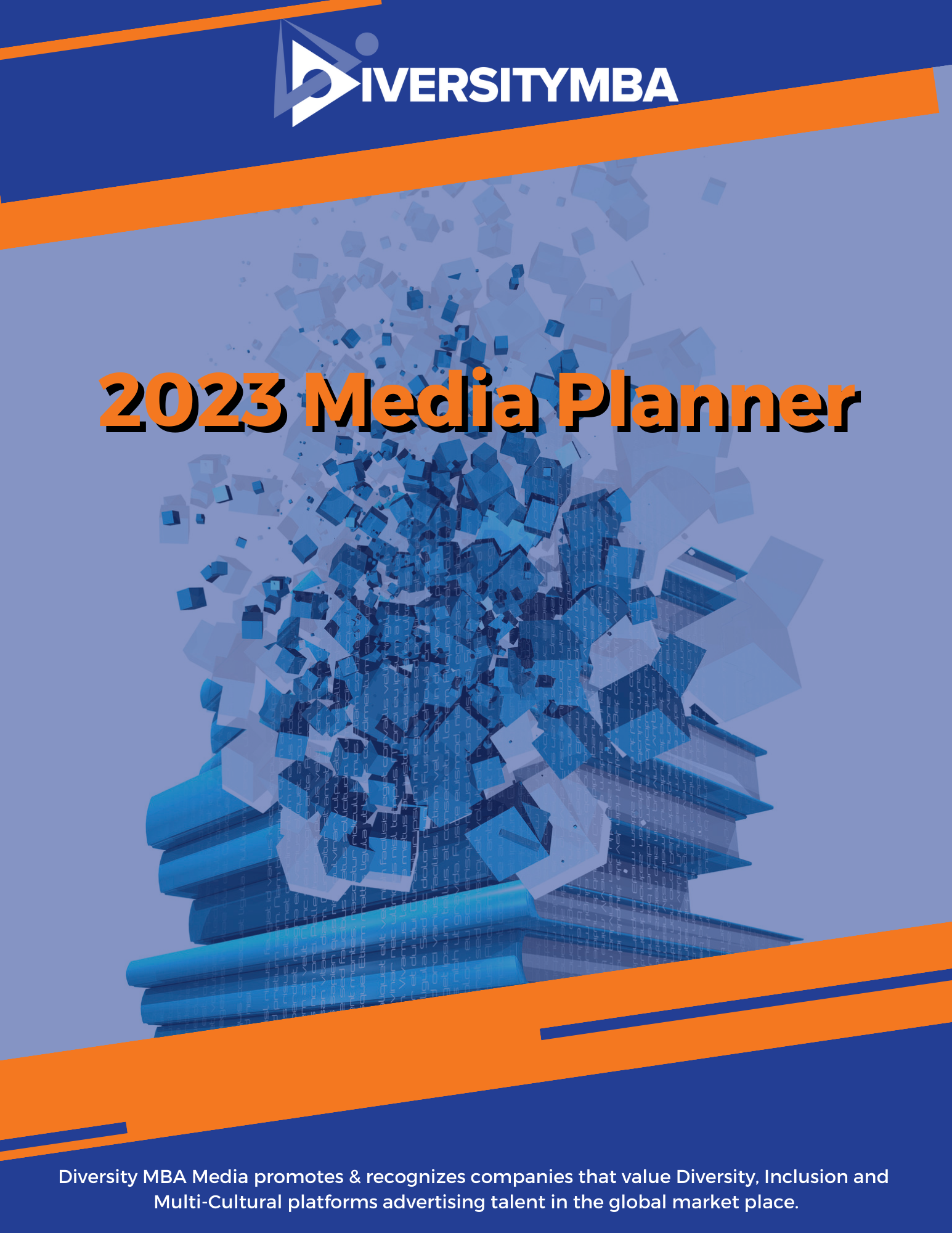When it comes to fighting for civil rights in the 21st century, events like the recent death of Trayvon Martin highlights the complexity and evolution of issues facing legacy institutions such as the NAACP, Operation PUSH, and the National Urban League. Martin was a 17-year-old unarmed African-American male who was shot in February 2012 by George Zimmerman, a 28-year-old biracial Hispanic who was the community watch coordinator for a gated community in Sanford, FL.
The shooting became a rallying call for civil-rights leaders after police released Zimmerman based on the state’s “stand your ground law” after Zimmerman asserted that he was defending himself. But evidence based on a 911 call pointed in a different direction, and questions arose from Martin’s family and ultimately across the country about why the authorities refused to see the death as a crime.
The case immediately became a civil-rights battle as the reverends Al Sharpton, of the National Action Network (NAN) and Jesse L. Jackson of Operation PUSH, rushed to Florida and demanded that Martin’s death be treated as a criminal act. After weeks of public protests and media coverage, a special prosecutor announced that second-degree murder charges would be brought against Zimmerman.
Indeed, the ongoing situation involving Martin serves as reminder that while a huge amount has been achieved in the aftermath of the heady days of the civil-rights movement, including the election of the nation’s first Black president, much work still remains for legacy institutions, though the challenges have changed.
The Founding & Rise of Civil Rights Organizations
Prior to the civil-rights movement, racial segregation was legally sanctioned in a number of states; no Black could sit at the same lunch counter, drink from the same water fountain or attend the same schools as Whites. Today, Blacks legally have access to everything, but leaders argue that opportunities are not there. And as perhaps illustrated by the Trayvon Martin case, they are still battling for more fairness in the criminal justice system. Leaders also point to the proliferation of so-called “voter-suppression” measures being pushed in some states that would essentially disqualify about 25% of all African-Americans from voting because they lack proper state identification.
When the civil rights movement began in the mid-1950s, the goal of its leaders and the institutions they established was to dismantle discrimination against African-Americans and restore the right to vote at a time when the rule of law was “separate but equal.” The movement was largely typified by acts of nonviolent protests and civil disobedience. Elected officials across the nation were forced to respond to widespread events such as sit-ins and marches, including the iconic Selma to Montgomery journey in Alabama.
Some results of the movement were the Civil Rights Act of 1964, which banned discrimination based on race, color, religion, or national origin in employment practices and public accommodations. The Voting Rights Act of 1965 restored the right to vote to Blacks. The Fair Housing Act of 1968 prohibited discrimination in the sale or rental of housing.
Are Civil Rights Organizations Still Relevant? What is Their Role?
And what about the organizations that spearheaded the movement? Are they the same as they were when created? What’s different, if anything? DiversityMBA talked with three well-known organizations to find out just how things have changed.
Rainbow PUSH
President: Reverend Jesse L. Jackson
Founded in 1968 in Chicago, following the assassination of Dr. Martin Luther King Jr.
Mission Statement: “To protect, defend, and gain civil rights by leveling the economic and educational playing fields, and to promote peace and justice around the world.”
Interview with Reverend Jackson:
How has your mission changed, If at all?
“When we started, we were in the wilderness. Dr. King had been assassinated and the mission of Rainbow PUSH was to defend, protect, and gain civil rights and to address the disparities and inequities as we sought an even playing field for all Americans. President Barack Obama’s election was evidence of 40 years of nonstop struggles.”
Has the role of PUSH changed?
“In today’s social climate, social media has diminished the size and distance of the world. But we have not globalized human rights, workers’ rights, women’s rights, and environmental security. We seek to be a voice of hope, a guidepost, a frame of reference for people looking for options in the middle of so many struggles. We fought mightily for the right to vote. None of us realized that the voter-suppression scheme would be so apparent in 30 states. It’s a shameless attempt to undermine voting access to seniors and people of color. That hasn’t changed.”
Beyond Trayvon Martin, can you describe a particular issue you’ve had to tackle that has been surprising or not so surprising😕
“The student-loan debt phenomenon. The government bailed out the banks, but they were still charging students a 7% annual interest rate. The debt phenomenon has cost a generation of youth their dreams.”
What do you see as your next challenge?
“This year, we need to revive our spirit and our will to vote. People who are willing to fight for Medicare and Medicaid must vote about it. We must vote and fight to reduce student loan debt. Those who want to fight the meanness coming from our politicians must vote and fight about it. The president has been called a liar and stupid, and his religion has been challenged. We can’t just wish for a new day. We must vote it in. That is our upcoming challenge.”
National Association for the Advancement of Colored People (NAACP)
President/CEO: Benjamin Todd Jealous.
Founded in Baltimore, Md., in 1909 by a diverse group, including W.E.B. Du Bois and Ida B. Wells.
Mission Statement: “To ensure the political, educational, social, and economic equality of rights for all, and to eliminate racial hatred and racial discrimination. The NAACP strives for a society where all individuals are treated fairly and equally.”
Interview with Hilary O. Shelton, director of the Washington Bureau and Senior Vice President for Advocacy.
How has your mission changed?
“For starters, the racially and ethnically discriminatory obstacles have changed a bit. The problems haven’t changed, but the approaches to them have. For instance, when we first took on equal justice under law and equal protection for all Americans regardless of race or gender, and ending segregation, people were more blatant about saying that’s what they were doing. The codicils and other laws were written specifically to discriminate against African-Americans. The implementation of those policies in a discriminatory manner were also much more transparent. When we think about obstacles to voter participation at the time the organization was started, they were much more blatant. You would have city officials and governors block participation of African-Americans in the voting booth and from attending schools and so forth. and all of those things were done in a blatant, racially discriminatory manner. We’ve come a long way in eliminating those obstacles, but some residuals of them are still with us. The mission of the NAACP hasn’t changed.It was crafted in a very comprehensive manner in 1909. It is that mission that we still follow and pursue. The challenges of implementing that mission, of course, have changed and evolved. The tools to address it have also changed and evolved. But the final mission, quite frankly, has not. We always say at the NAACP, ‘The struggle continues.’ ”
How do you see your role in today’s climate?
“Certainly issues like voting are still a big part of the landscape and important for the NAACP’s engagement, but disparities in the criminal justice system are another part of it. W. E. B. Du Bois talked about the struggle of crime and criminal justice in the African-American community 100 years ago, but even today we know those are still challenges and problems, including the disproportionately high Black-on-Black crime rate and racial disparities in sentencing guidelines, and arrests and prosecutions.”
Beyond Trayvon Martin, can you describe a particular issue you’ve had to tackle that has been surprising or not so surprising?
“If we look at issues like funding inequities in education, we have to see that it’s because of funding mechanisms. African-American schools tend to be funded at a disproportionately low level, and it has to do with funding formulas that are set by states. We also have to look at healthcare disparities, which affect African-Americans who are disproportionately uninsured.”
What do you see as your next challenge?
“We have to make sure people are empowered to be able to make decisions for their community and country. That is done through the voting process. We have to eliminate obstacles that would undercut the ability of racial and ethnic minorities and others to solve their own problems by voting for those who represent their values.”
National Action Network (NAN)
President/Founder: Reverend Al Sharpton
Founded in New York City in 1991
Mission Statement: “NAN works within the spirit and tradition of Dr. Martin Luther King Jr. to promote a modern civil rights agenda that includes the fight for one standard of justice, decency and equal opportunities for all people regardless of race, religion, national origin, and gender.”
Interview with Tamika D. Mallory, National Executive Director.
How has your mission changed?
“The mission of National Action Network hasn’t changed, but has expanded to encompass issues that are indicative of this time. The organization deals with civil-rights and social-justice issues ranging from police brutality and misconduct, racial profiling, voter suppression, immigration reform, gun violence, women’s rights issues, healthcare awareness and equal opportunity for workers.”
How do you see your role in today’s climate?
“NAN is committed to the principles of nonviolent activism and civil disobedience as a direct outgrowth of the movement that was built and led by Dr. Martin Luther King Jr. Today, NAN works ‘from the streets to the suites,’ and has grown to encompass an infrastructure that handles grassroots mobilization mixed with current media activism, using social media, television, and radio to organize social justice efforts.”
Beyond Trayvon Martin, can you describe a particular issue you’ve had to tackle that has been surprising or not so surprising?
“An issue that I spearhead includes NAN’s anti-violence work on a state and national level. The number of complaints that we hear about at NAN daily, ranging from police misconduct cases to Black-on-Black crime is very high and I’m surprised at the lack of interest and community mobilization to address the issue. People are seemingly complacent living in an environment where we have become prisoners in our own homes by our own kids. I grew up in a time when the parents and adults were respected. Now, parents themselves are locked in their homes and there’s no outrage. That is the next challenge — to keep people engaged. People thought our issues would disappear with a Black president, and we have to deal with the psychological sense of defeat when some realize that his presidency has done a lot to help, but it can’t totally wipe away the ills within the Black community. The challenge is to keep people engaged and continue to make the fight appealing to a cross-section of people so that progress can continue.”








